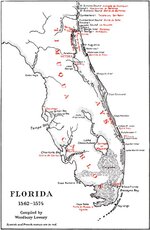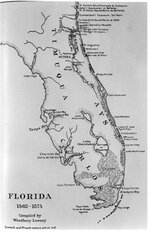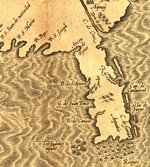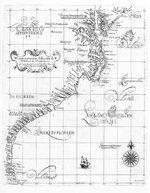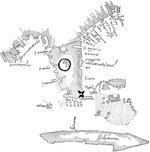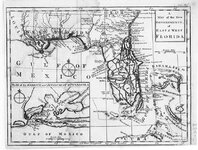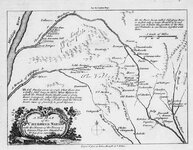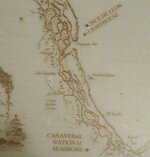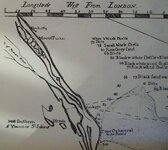wetfly
Full Member
- Aug 8, 2012
- 235
- 163
Just wanted to say this is really an awesome story! I have always wanted to see a movie made about the memoirs of fonteneda lol!! Anyway just had a few maps around on the subject -- anyway- fascinating stuff! One can never have too many historical maps of the same area lol!


